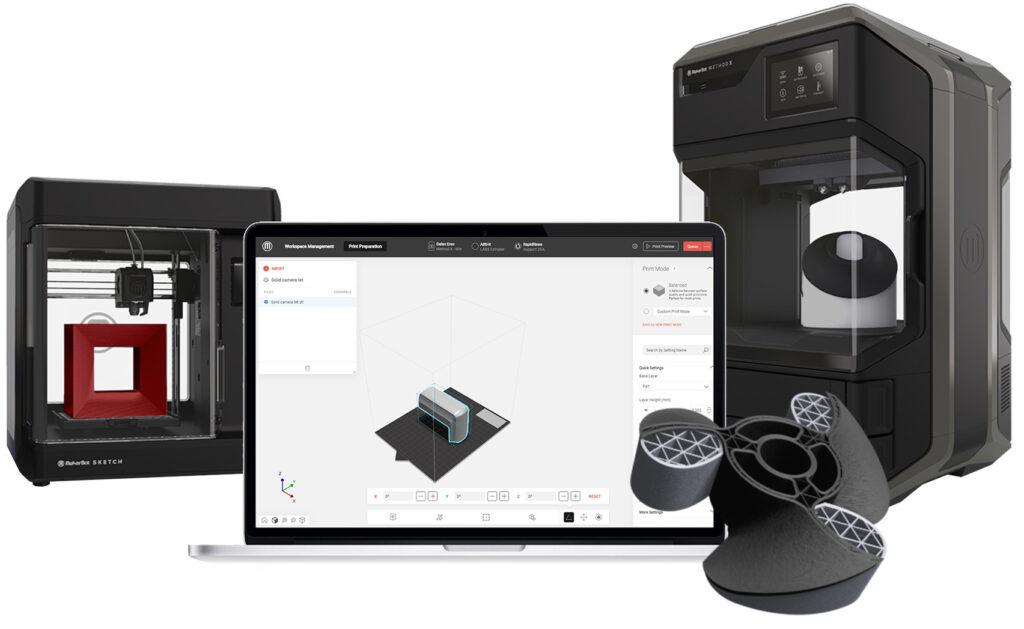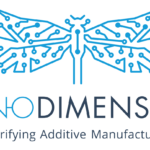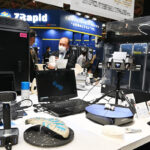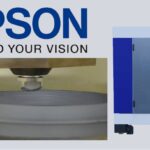ASIA ELECTRONICS INDUSTRYYOUR WINDOW TO SMART MANUFACTURING
MakerBot’s New Solution Boosts 3D Printing Workflow
MakerBot, a Stratasys company, has announced a major upgrade to its print preparation and management solution, MakerBot CloudPrint. Particularly, MakerBot CloudPrint now includes an enhanced interface for a smoother user experience. It also offers several new and upgraded features that enable users to go from CAD file to 3D-printed part faster than before.
The cloud-based application MakerBot CloudPrint allows users to prepare, print, manage, and monitor 3D print jobs easily and securely from their browser. The software aims to provide professional and education users with a more efficient and seamless 3D printing workflow to help accelerate design, testing, and iteration cycles. CloudPrint 2.0 seamlessly integrates cloud-based print preparation and workspace management with an enhanced user interface and improved queuing and notifications. It allows users to go from CAD to part faster with new features such as the ability to import multi-body parts. Furthermore, it can automatically adjust parts for the least support material used during printing with Smart Orient.

Provides More Streamlined Approach
Nadav Goshen, CEO at MakerBot noted the secret to successful 3D printing goes beyond just the hardware. Notably, Goshen said the secret also includes the full ecosystem of materials, accessories, and software. In addition, he said the improvements made to MakerBot CloudPrint are on its abilities to provide a more streamlined approach so that users can focus on other important tasks.
“CloudPrint takes the guesswork out of print preparation and workspace management. With an easy-to-use and secure workflow, CloudPrint gives users better control and management of their prints from start to finish,” said Goshen.
The new features of MakerBot CloudPrint 2.0 include faster CAD to part workflow. Here, several new features allow users to go from CAD file to printed part faster. Particularly, users are now able to import native, multi-body CAD parts and auto plate them on the build plate.
This means users don’t have to convert their native CAD files and import them individually. With the New Smart Orient feature, parts can be automatically oriented. Hence, they use the least amount of support material during the printing process, helping reduce print and post-processing times.
Next, seamless integration of print preparation and workspace management is another feature of the MakerBot CloudPrint. Particularly, it provides a fully cloud-based workflow for the entire 3D printing process. This is from print preparation to workspace management and print monitoring.
Workspaces allow users to collaborate with other users and manage their printers and prints. The new updates to the user interface integrate print preparation and workspace management more closely. Users can now easily toggle back and forth between the two and the latest part will automatically be saved in the print preparation part of the applications. For that reason, users can easily go back and make edits.
Offers Industry Standard Security
With the improved queue management function of the MakerBot CloudPrint, users can maximize their printer usage by slicing and queueing print jobs for later. This improves the workflow by allowing users to queue more prints in advance and change the materials as needed.
Meanwhile, the improved monitoring and notifications feature CloudPrint allows users to easily keep track of their printers and print jobs. In addition, users can also have an updated printer detail page aside from seeing the status of a print and a camera feed from their printers. A new notification tab provides a centralized location to receive notifications about the status of a printer, queue, or print. Hence, this keeps streamlining the printing process for more efficient utilization and a reduction of downtime.
CloudPrint offers industry standard security and advanced encryption that protects data from unauthorized access. It comes packed with the latest print preparation and management capabilities needed to streamline the 3D printing workflow and includes regular updates. CloudPrint is free to use. It is compatible with the MakerBot METHOD platform, MakerBot SKETCH 3D printers, and MakerBot Replicator 3D printer series.




